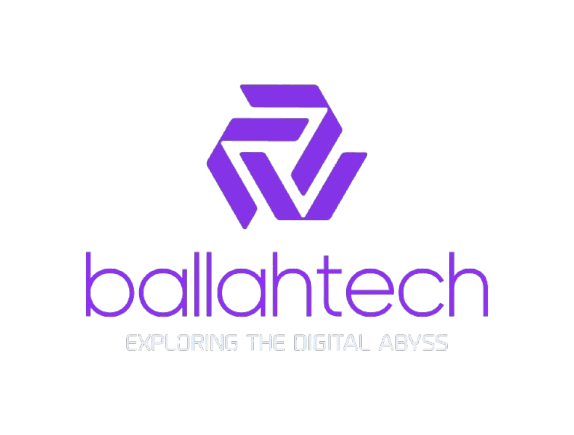
Introduction of Headless architecture: Breaking the Monolith
Headless architecture represents a fundamental shift in how digital content gets created and delivered. Unlike traditional CMS platforms that bundle content management with presentation layers, headless systems decouple backend content repositories from frontend delivery, enabling unprecedented flexibility and scalability. This 2,000-word guide examines why companies like Netflix, Spotify, and Tesla adopted headless and how you can leverage it.
Chapter 1: Defining Headless Architecture
Core Components
- Backend: Content repository (e.g., Contentful, Strapi) with API-first design
- Frontend: Any framework (React, Vue, Flutter) consuming content via APIs
- Middleware: Optional layer for personalization (e.g., Algolia, Adobe Target)
Technical Characteristics
- API-Driven: RESTful, GraphQL, or gRPC interfaces
- Omnichannel-Ready: Serve content to web, mobile apps, and IoT devices simultaneously
- Cloud-Native: Typically deployed on AWS/Azure with serverless functions
Chapter 2: Headless vs Traditional CMS – A Technical Comparison
| Factor | Traditional CMS (WordPress, Drupal) | Headless CMS |
|---|---|---|
| Content Delivery | Tightly coupled with templates | API-driven |
| Frontend Flexibility | Limited to CMS themes | Framework-agnostic |
| Scalability | Vertical scaling required | Horizontal microservices |
| TTFB | 500-1500ms (with caching) | <200ms (CDN edge) |
| Use Case Fit | Simple websites | Complex digital ecosystems |
Chapter 3: Implementation Patterns
1. Full Headless
- Example: Contentful + Next.js ISR
- Pros: Maximum flexibility
- Cons: Higher dev resources
2. Hybrid Headless
- Example: WordPress as API with Gatsby frontend
- Pros: Leverages existing CMS investments
- Cons: Potential legacy constraints
3. Microservices Headless
- Example: Commerce (Shopify), Content (Sanity), Search (Algolia)
- Pros: Best-of-breed solutions
- Cons: Integration complexity
Chapter 4: Technical Deep Dive – Building a Headless Stack
Backend Layer
- Content Modeling: Structured content types (not pages)
- Webhooks: Trigger rebuilds on content updates
- CLI Tools: Content migration utilities
Frontend Layer
- SSG vs SSR: Next.js vs Remix performance tradeoffs
- Preview Mode: Editor-friendly content staging
- Edge Functions: Personalization at CDN level
DevOps Considerations
- CI/CD: Atomic deployments with feature flags
- Monitoring: Synthetic API tests with Grafana
- Security: JWT authentication for APIs
Chapter 5: Industry-Specific Applications
E-Commerce
- Example: Shopify Hydrogen + Sanity
- Benefit: 3x faster cart load times
Publishing
- Example: NY Times article components in React
- Benefit: Single content source for web/print/apps
IoT
- Example: Tesla vehicle UI powered by headless CMS
- Benefit: OTA content updates without app releases
Chapter 6: ROI Analysis
Cost Factors
- Development: 20-40% higher initial cost
- Hosting: Reduced infrastructure costs (static hosting)
- Content Velocity: 70% faster campaign launches (Forrester data)
Performance Metrics
- Core Web Vitals: 95+ Lighthouse scores achievable
- Conversion Impact: 2.3x uplift for e-commerce (Akamai study)
Chapter 7: Emerging Trends
1. Headless AI
- GPT-4 integration for automated content tagging
2. Edge CMS
- Cloudflare Workers delivering personalized content at the edge
3. Visual Headless
- Tools like Builder.io bridge dev/editor workflows
Conclusion: Is Headless Right for You?
Adopt headless if you need:
✅ Multi-channel content delivery
✅ Developer-friendly tech stack
✅ Future-proof architecture
Avoid if:
❌ You have limited technical resources
❌ Your content needs are simple
With 72% of enterprises planning to adopt headless architecture by 2025 (Gartner), mastering this approach is becoming essential for delivering competitive digital experiences.












